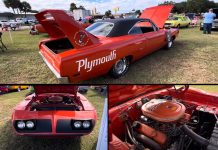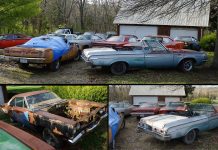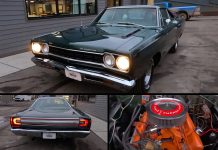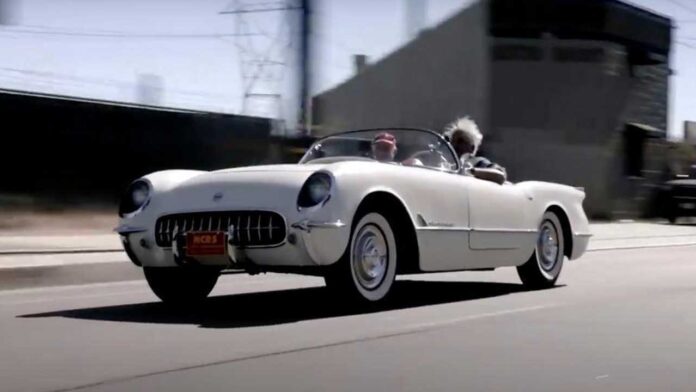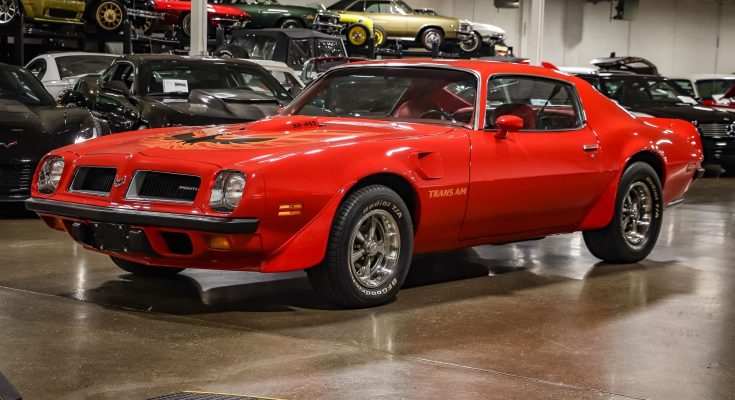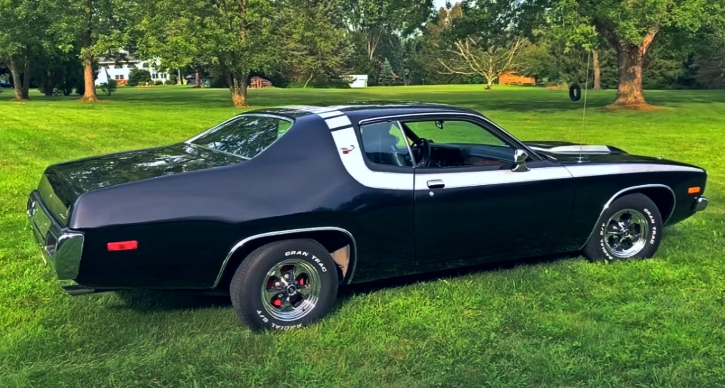Jay Leno, the renowned car enthusiast and collector, recently had the opportunity to get up close and personal with a rare early production model of the Chevrolet Corvette. The owner of the car, Mike McCluskey, graciously allowed Leno to explore his 1954 Corvette, which holds a special place in the history of this iconic American sports car. Let’s delve into the details of this encounter and discover the intriguing story behind the Corvette’s first full production year.
Introduction
The Chevrolet Corvette is a name that echoes through the annals of automotive history, representing the pinnacle of American sports car engineering. As the Corvette celebrated its 70th anniversary, Jay Leno, a devoted fan of the brand, seized the opportunity to get behind the wheel of a vintage beauty. Mike McCluskey, an esteemed Corvette restorer and owner, offered Leno the chance to explore a 1954 model, providing an exciting journey back in time.
The Significance of the 1954 Corvette as the First Full Production Year
While the initial model year of the Corvette was 1953, it saw limited production, with only 300 cars rolling off the assembly line. Consequently, 1954 is considered the Corvette’s first full production year. This distinction makes the 1954 model particularly noteworthy, as it represents the true introduction of the Corvette to the masses.
Initial Struggles and the Corvette’s Lackluster Engine
In its early years, the Corvette faced significant challenges in capturing the hearts of sports car enthusiasts. One of the main factors dampening its appeal was the underwhelming engine. The Blue Flame inline-6 engine, shared with more ordinary Chevrolets, failed to impress the discerning sports car crowd. Consequently, the Corvette struggled to gain traction in the market.
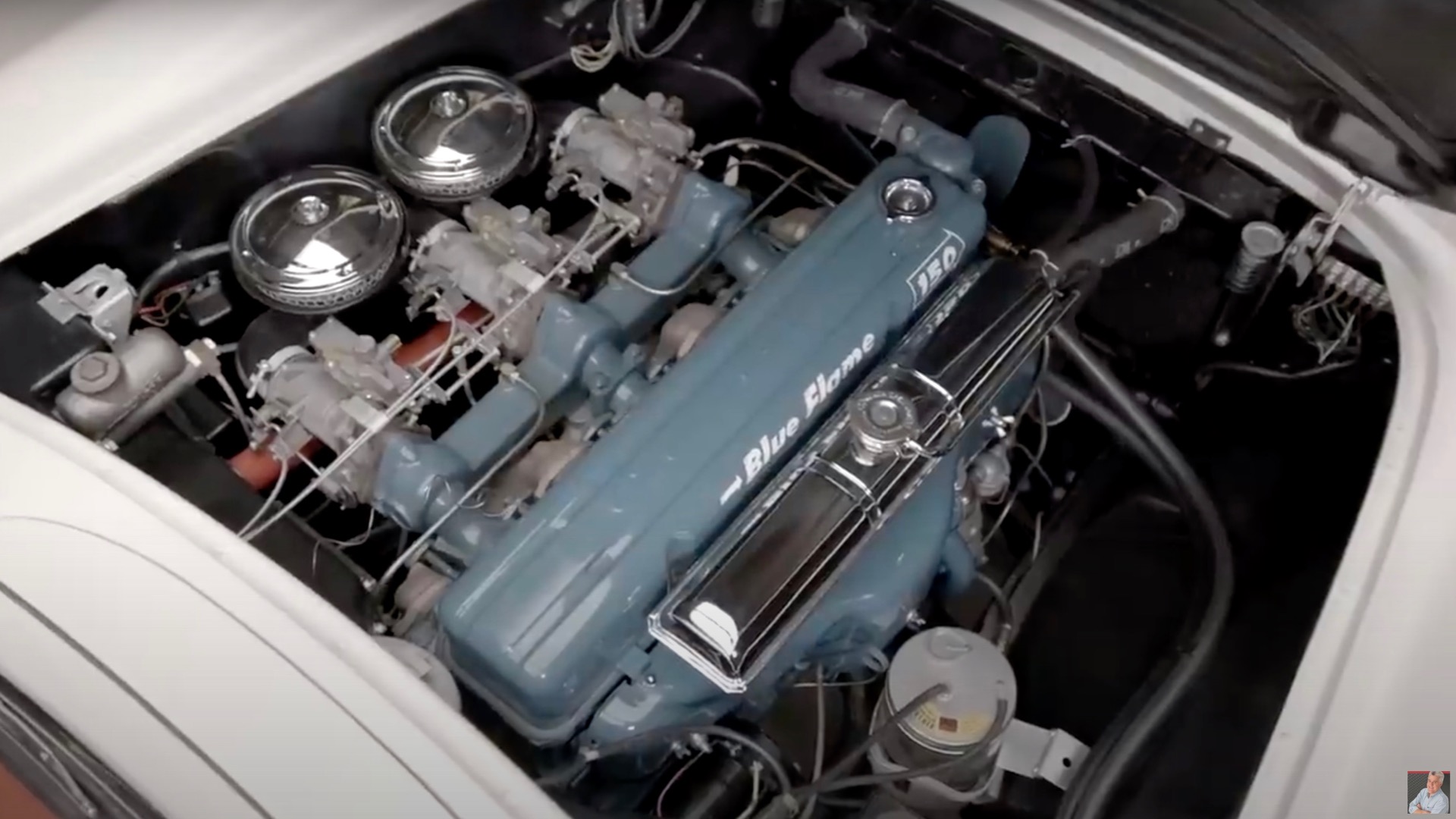
Upgrades to the Blue Flame Engine and Increased Horsepower
Despite the initial disappointment, the Corvette’s engine received some upgrades. The Blue Flame engine in the 1954 model featured three single-barrel side-draft carburetors and a solid-lifter camshaft, resulting in increased horsepower. With these enhancements, the Corvette’s output rose to 155 horsepower, putting it on a more competitive footing with other small sports cars of that era. However, the Corvette’s heavier weight remained a factor to consider.
Quirks and Unique Features of Early Corvette Models
Early versions of the Corvette had their fair share of peculiarities. For instance, they lacked exterior door handles and side glass, allowing anyone to open the doors effortlessly. Furthermore, the trunk lock was positioned beneath the rear license plate, showcasing the design quirks that prevailed during the 1950s. Ergonomics did not rank high on engineers’ priority lists during that period.
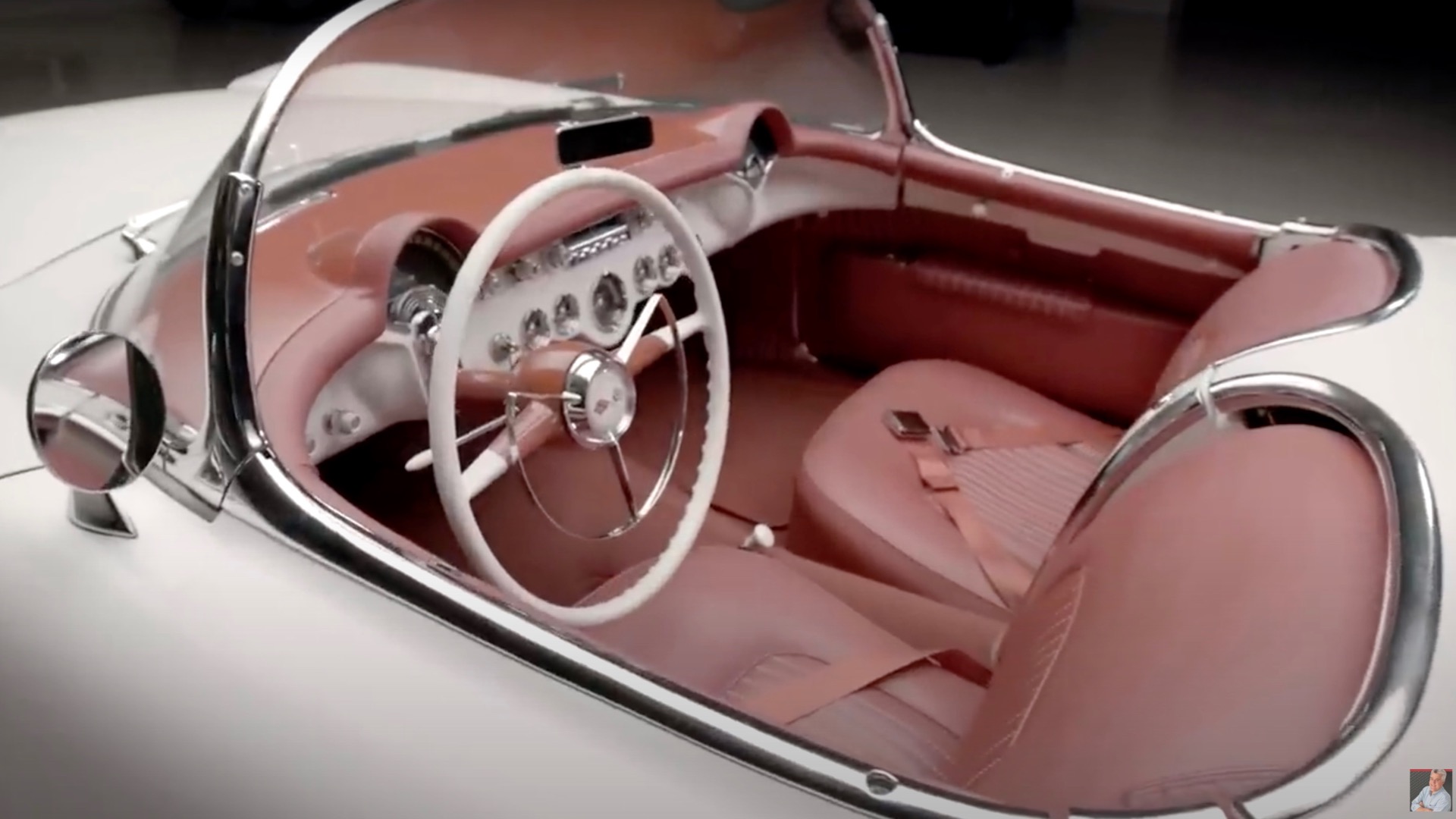
Mike McCluskey’s Restoration of the 1954 Corvette
Mike McCluskey, a skilled Corvette restorer and a member of the National Corvette Restorers Society, played a pivotal role in breathing new life into the ’54 Corvette.
One such distinctive element was the intentional lowering of the back of the car, giving it a visually dynamic appearance, as if ready to take off. McCluskey’s dedication and attention to detail paid off when he was awarded an impressive 99 points and the prestigious Duntov award from the National Corvette Restorers Society.**
However, before McCluskey could embark on the restoration process, he had to address decades of decay that had taken its toll on the ’54 Corvette. The car had been left sitting in a fellow Corvette enthusiast’s backyard for 35 years, subject to the harsh elements of time. It took McCluskey three painstaking years to meticulously restore the car to its current impeccable condition. One advantage he had was the Corvette’s fiberglass body, which proved to be more resilient against corrosion and weathering compared to traditional steel bodies.
Speaking of fiberglass, the 1954 Corvette models boasted an improvement in the quality of this material compared to their predecessors. The earlier 1953 models, being essentially hand-made, utilized fiberglass cloth that showed through the paint, giving them a distinctive appearance. In contrast, the 1954 models featured a smoother finish, resembling conventional sheet metal and enhancing the overall aesthetic appeal of the car.
In a significant portion of the video, Jay Leno takes the restored ’54 Corvette for a drive, immersing himself in the experience of a bygone era. The distinct sound of the engine resonates as Leno cruises down the road. While the engine’s purr may not have the power to ignite the passion of modern sports car enthusiasts, it is a testament to the charm and character of classic automobiles. The full video offers an in-depth look at the meticulously restored Corvette, showcasing its timeless beauty and capturing the imagination of car enthusiasts.
If you find yourself captivated by the allure of this meticulously restored 1954 Corvette, you’ll be delighted to know that it’s available for sale. This iconic piece of automotive history can be yours to own and cherish, embodying the legacy and heritage of the Chevrolet Corvette.
Conclusion
Jay Leno’s encounter with the 1954 Chevrolet Corvette allowed him to delve into the rich history and intricate details of this iconic American sports car. From its initial struggles with a lackluster engine to the unique quirks and features of early models, the Corvette has truly evolved over the years. Thanks to the skillful restoration by Mike McCluskey, the ’54 Corvette has been brought back to life, showcasing its original splendor. The video offers a glimpse into the past, inviting viewers to appreciate the timeless beauty and craftsmanship of this classic automobile.



